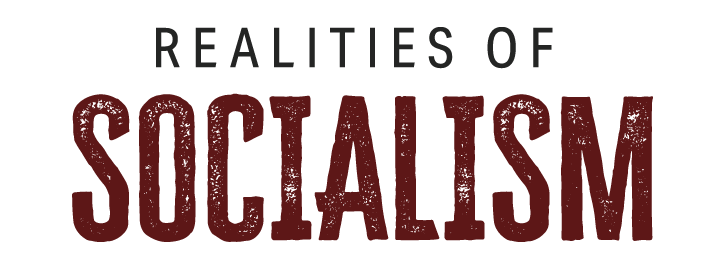The country deregulated markets in the 1990s, privatized state-owned companies, cut spending and reduced taxes.
When leftist politicians around the world are asked to name one example of successful socialism, they often mention my country, Sweden. In their mind, Sweden is the country of government-produced milk and honey, equally distributed. A gentle democratic form of socialism that takes from the rich and gives to the poor and the state takes care of everything.
As I show in my new book, The Mirage of Swedish Socialism (published by the Fraser Institute), this is just like the world’s never-ending fascination with Swedish pop group ABBA—a result of not having updated one’s perceptions since the 1970s. This was the short period when Sweden began to set itself apart with a very large government sector, high taxes and massive regulation. Until then, we had a more open economy and lower taxes than most other industrialized countries. This was the free-market model that turned Sweden into one of the world’s richest countries.
When Swedish politicians started to use those resources for massive redistribution in the 1970s, it attracted the attention of the world. Here was a country that doubled the government’s share of the economy, and yet, was a very rich place. But this did not show that socialism was working. It was more like the old joke—how do you end up with a small fortune? You start with a large one.
In fact, the 1970s and ’80s was the one period in Sweden’s modern economic history when we lagged behind our neighbours. No new jobs were created in the private sector and important entrepreneurs and companies such as IKEA fled Sweden. An inflation-fuelled boom kept the system intact for a while, but it ended in a terrible financial crash in the early 1990s, and for a brief moment the central bank had to implement a 500 per cent interest rate to defend the currency.
Kjell-Olof Feldt, the Social Democratic minister of finance from 1983 to 1990, admitted later that some of the government’s programs were “unsustainable,” some of the policies “absurd” and the tax system “perverse.” When the crisis hit, both the Left and the Right agreed to dismantle the failed socialist experiment.
Much faster than others, Sweden deregulated markets in the 1990s, privatized state-owned companies, cut spending and reduced taxes. The government changed social security from a system defined by benefits into one defined by contributions, and expanded it with private accounts. We also introduced choice and competition in the public sector, for example with a system of school vouchers. In many ways, Sweden is now more free-market oriented than its peers.
Overall, these policies made Sweden more competitive and restored growth. Before the reforms, real wages were stagnant for 20 years. Since then, real wages have increased by 70 per cent.
Sweden still has high taxes and high government spending, but the tax structure gives the lie to the “squeeze the rich” paradigm. Sweden has lower corporate taxes than other OECD countries, and no taxes on property, wealth, gifts and inheritance. On the other hand, the government taxes even low incomes at a relatively high level and has implemented a regressive 25 per cent value added tax. The reason is simple; the rich and entrepreneurial are too few and too important to the economy, whereas the poor are loyal taxpayers who don’t hire tax attorneys or move to the Bahamas.
Interestingly, this makes the Swedish tax system much less progressive than America’s and Canada’s. Unlike the North American Left, Swedes learned in the 1970s that you can have a big government or make the rich pay for it all. You can’t have both.
In other words, if you really want to “be like Sweden” you have to deregulate the economy, promote free trade, reform social security, introduce school vouchers and, perhaps most surprisingly, reduce taxes on corporations and increase them much more on low- and middle-income households.
